Habitar España offers a journey through some of the most significant housing projects in Spain over the past fifty years (1975–2025), reflecting the challenge of designing personal worlds that are also shared worlds. The exhibition is structured into five sections, each dedicated to a decade, showcasing different socio-economic, political, and environmental contexts.

The selection includes both built works and unbuilt projects, offering a glimpse into the ideals of Spanish domestic architecture, whose influence extends from local ways of life to the international architectural scene.
Practical info
“Habitar España”
April 24, 2025 – April 30, 2026
La Casa de la Arquitectura
P.º de la Castellana, Chamberí, Madrid
Spain
The decision to display models—85 have been assembled—stems from the aim of highlighting their usefulness as a tool for synthesis with physical qualities. Through this collective landscape of models, we can appreciate their documentary value and the many clues they offer about architectural working processes.
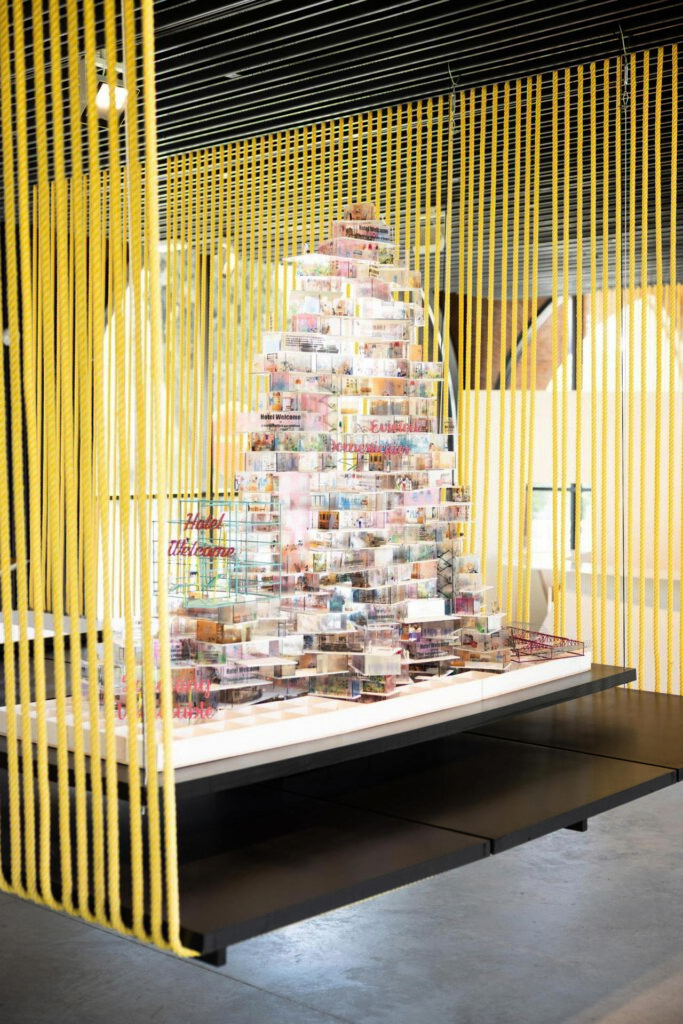
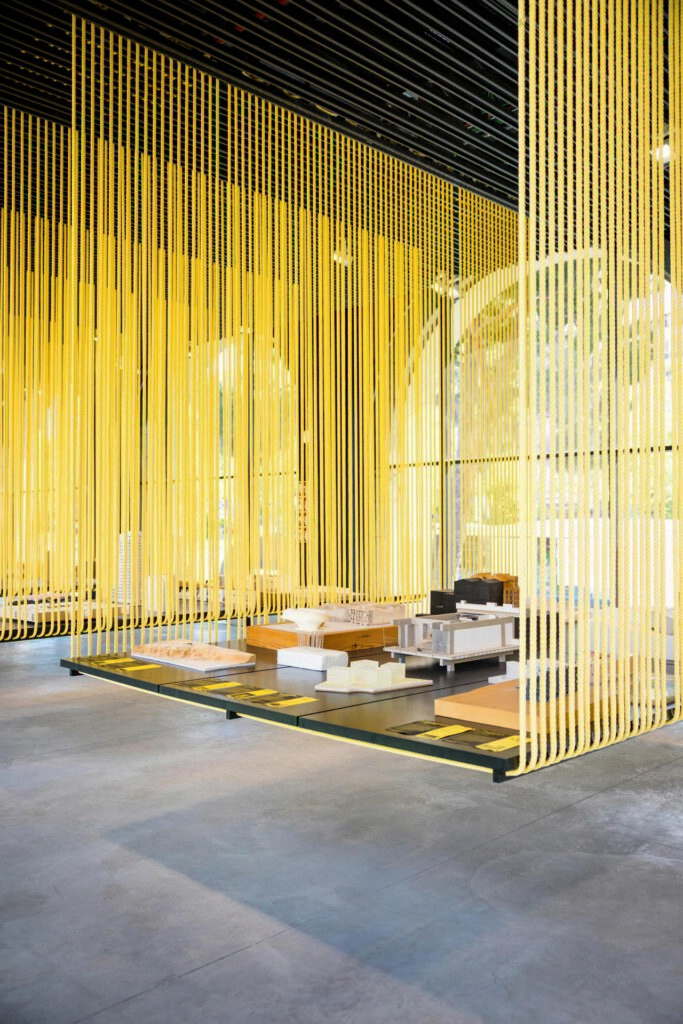
The exhibition also includes a selection of housing projects without models that are nevertheless essential to complete this retrospective view of the last 25 years of the 20th century and the first 25 of the 21st, as seen through 100 residential projects.
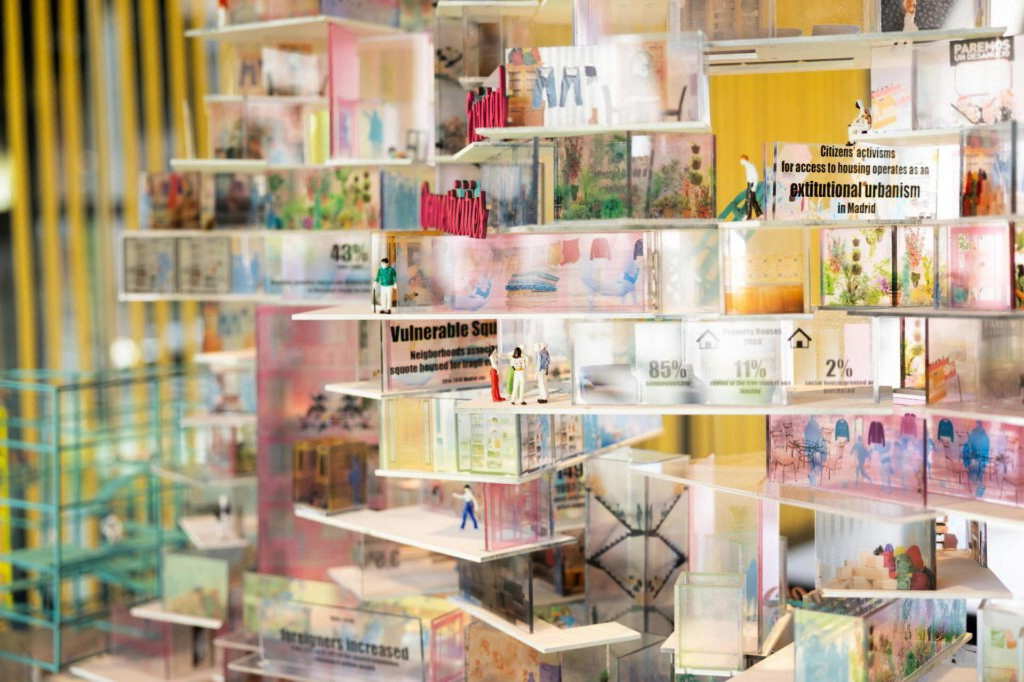
The models form a kind of tapestry of unique episodes that have shaped modes of inhabiting and the relationship between people and their environment, underscoring the fact that residential form defines urban form. The projects showcased are mainly from the collective domestic sphere, although some single-family housing projects are included, following Alejandro de la Sota’s view that the house project serves as a testing ground for collective housing solutions. The goal is to broaden the meaning of the word user—not only to refer to those who live in a dwelling, but also to those outside it.
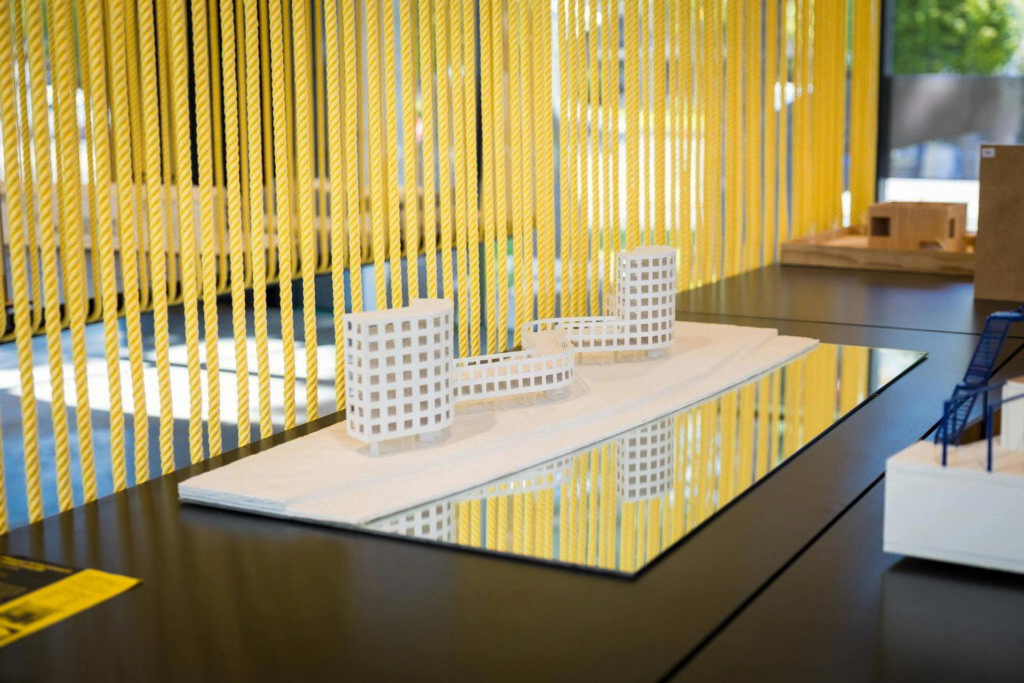
In the main room, the models are grouped together on a large ribbon-like structure resembling a suspended table or collective swing, designed by clarasolamorales studio, emphasizing that buildings, no matter how individual, all hang by the same thread.
At the entrance to the exhibition is Bedroom, an installation by artist Isidro Blasco, who dissects the interior of a home and incorporates movement to remind us of the everyday life that unfolds in small spaces—spaces that shape both personal biographies and a country’s quality of life. The mezzanine area serves as an epilogue to the exhibition, presenting additional projects that round out the show, as well as the model Hotel Welcome by Arquitecturas Afectivas, which addresses the implications of evictions and the lack of affordable housing.
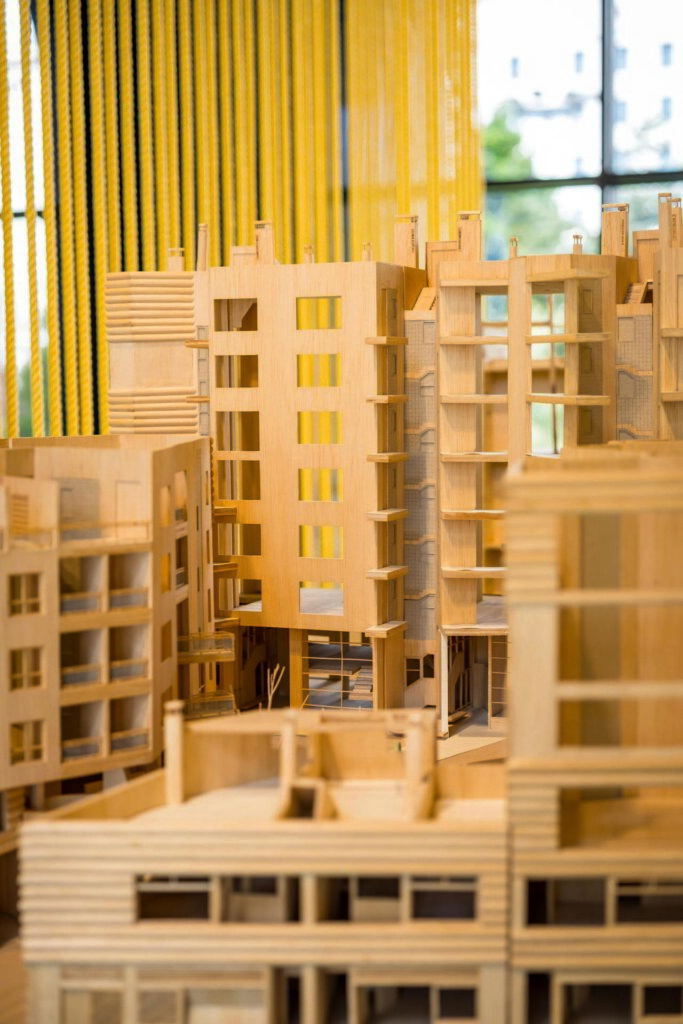
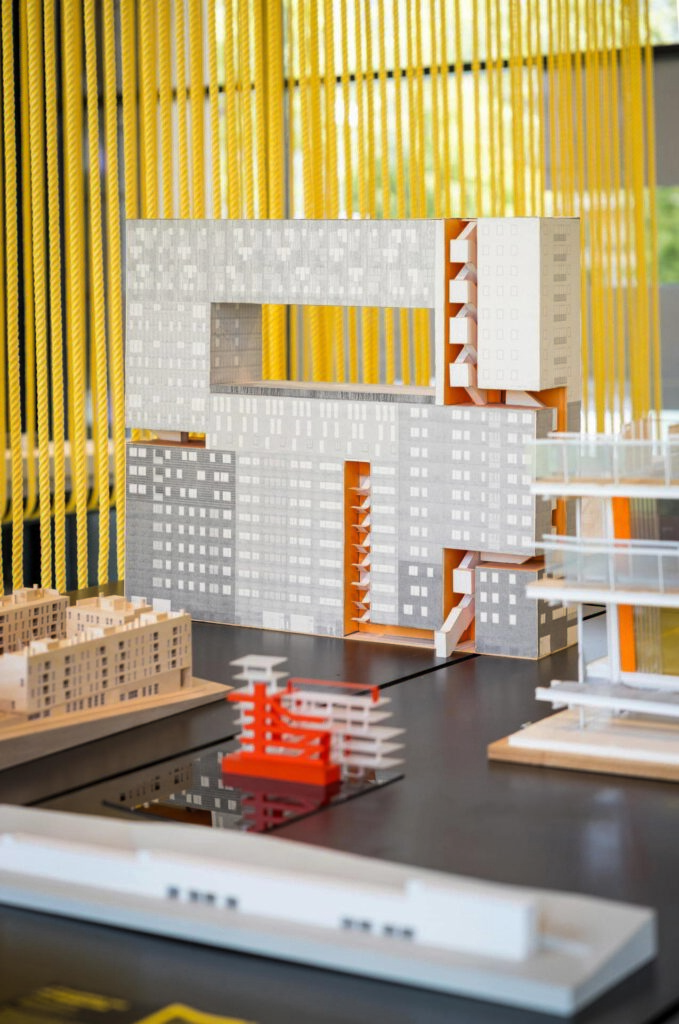
The list of projects includes 80 collective housing projects and 20 single-family homes; more than 50% are authored by women. Through the models, all of Spain’s autonomous communities and the two autonomous cities, Ceuta and Melilla, are represented. Despite their differences, all the proposals share a common goal: to ensure that more people can live better lives.

